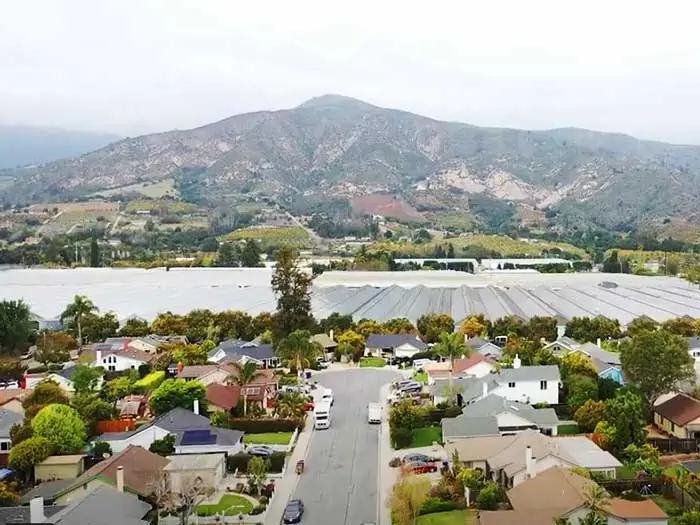


Agricultural growing and harvesting operations are typically exempt from air planning, permitting and odor nuisance regulations. However, cannabis operations may require approval from the local Planning Commission. They may also require air permits from the local air regulatory agency for manufacturing operations (e.g., for solvents and associated combustion equipment such as boilers). Air permit applications for cannabis manufacturing operations may include the following based on project-specific conditions:
In addition to these permitting services, and to avoid costly nuisance complaints, cannabis growers may also need odor-related services such as:
While these may seem like imposing lists for air planning they are not for engineers who work in the industry.
Developing effective plans to mitigate odors is vital in gaining Planning Commission approvals which often depend upon resolving concerns raised by the public. Comprehensive OAPs and OMPs include odor control Best Management Practices (BMPs) and adaptive management strategies for responding to odor complaints when cannabis operations are near residences and schools.
Odor Control – Odor Nuisance Mitigation Case Study
Cannabis greenhouses in the Carpinteria, California region were causing off-site odor nuisances at nearby residences. The inherent smell needed addressing, as odor-neutralizing vapors along cannabis greenhouse perimeters and ridgelines were not providing adequate odor control.
Working with Cannabis Association for Responsible Producers (CARP) Growers, Pacific Stone, Groundswell, and Envinity Group, SCS Engineers utilized its air quality and odor expertise to collect continuous measurements using our SCSent-i-PED (Pollutant and Environmental Data). SCSent-i-PED is a state-of-the-art method for measuring TRS compounds to the parts per billion (ppb) level. The system can assess concentrations in real time, and a single machine can assess multiple locations and sources within a facility. This method successfully assessed relative odor levels and spatial/temporal fluctuations in odor-causing emissions.
Data collection is vital and useful to:
SCS, through its years of experience in air quality and odors, provides cost-effective, sustainable solutions that enable greenhouses and facilities to coexist in urban and suburban environments. Our clients not only get solutions, but they also have the data and science to understand better how odors behave and vary within a cannabis greenhouse.
To learn more, watch a video about air planning and managing greenhouse odors at https://www.scsengineers.com/services/clean-air-act-services/odor-monitoring-and-control/
